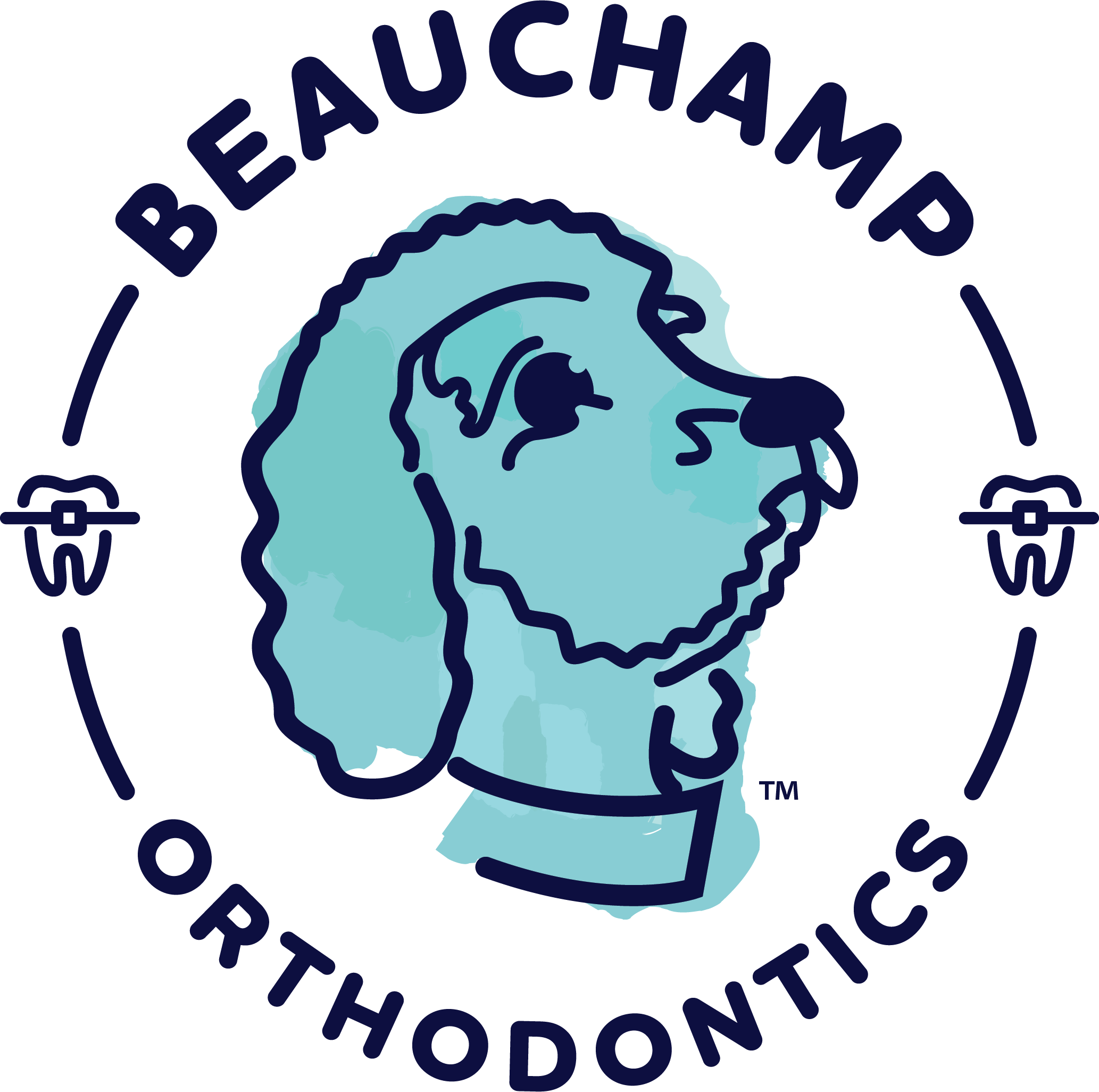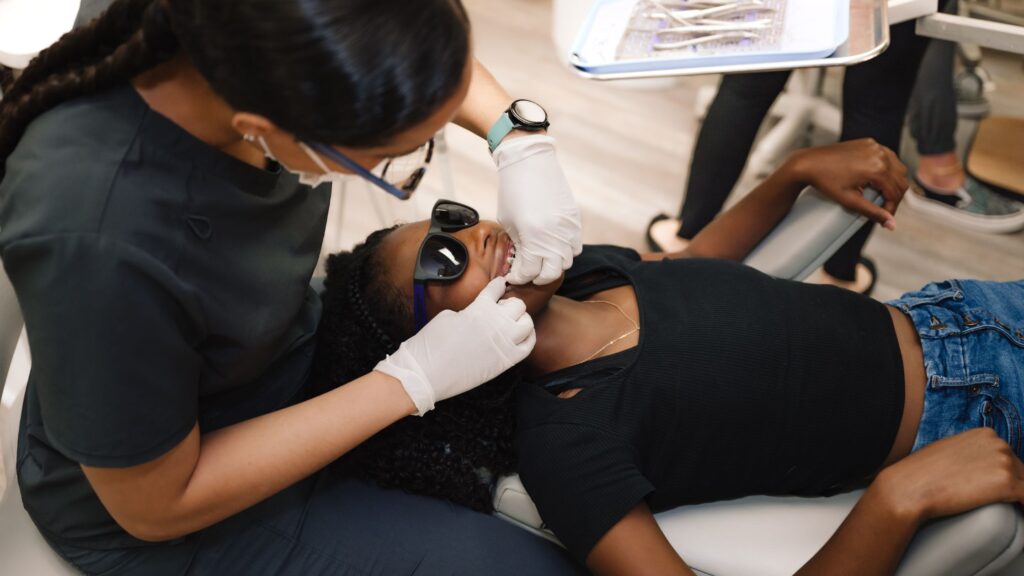Only a few of the most fortunate among us are born with “perfect teeth.” Many people encounter one or more forms of tooth misalignment, called a “malocclusion” by professional orthodontists, at some point in life.
There are a large number of possible tooth misalignment problems that people face, but some of them are far more common than others. Understanding the most common malocclusions will help you to better understand why it’s beneficial to invest in metal braces.
Both traditional metal braces and Invisalign® acrylic trays can help correct these five tooth misalignment issues and more!
1. Dental Overcrowding
One of the most common types of problems that dental braces can fix is called overcrowding. That name describes the fact that teeth may become too closely packed together due to a lack of proper space in your oral cavity.
Sucking of the thumb and/or using a pacifier too late in life may contribute to overcrowding, but it is also genetic. The jawbone may be too small or the teeth too large, for example. Pushing against teeth with your tongue as they come in can also increase the likelihood of an overcrowding problem.
You may need to use an expander for a time to correct overcrowding, or you may need to have your wisdom teeth removed. Typically, the use of braces or clear aligner trays is the ultimate solution. Braces will gradually move your teeth into the proper position, giving them enough but not too much space between tooth and tooth.
2. Crooked Teeth
There are many subcategories of “crooked teeth.” And it is often some other misalignment problem that underlies teeth growing crooked. But the fact that teeth are not adequately straight is in itself an identifiable tooth misalignment category.
Braces not only can move teeth to the left or right in your mouth, but they can also help correct crooked tooth growth by gently nudging the tooth in the right direction with a well-anchored metal archwire.
Individual teeth that are leaning left, right, in, or out will get special attention from your orthodontist. If all or most of your teeth are all crooked in the same direction, then it would fall under another category such as overbite or underbite (see more on that below!)
3. Dental Spacing
Unsurprisingly, spacing is the very opposite of overcrowding discussed above. it occurs when teeth drift too far apart, leaving unsightly gaps between them. The distance also allows more room for plaque to accumulate on your gums in your enlarged inter-dental spaces.
Diastema, a special type of spacing, occurs when the two front teeth (upper or lower) separate. This is often due to a mismatch between one’s jaw size and tooth size. Or, again, thumb-sucking and other habits can contribute.
Braces are able to bring teeth back together to correct overspacing just as surely as they can pull them apart to correct overcrowding.
4. Overbite & Overjet
Dental overbite occurs when the upper teeth overlap the lower teeth rather than resting upon them evenly for a proper bite pattern.
When overbite is rather excessive, it is often referred to as overjet. A bad case of overjet may cause significant speech impediments and make it very difficult to chew (and thus digest) food properly. It also can happen that your teeth will bite down on the gum tissue to the front of your lower teeth.
Metal braces have been used for many decades to correct all forms and degrees of overbite. You may be able to use Invisalign® for this problem too, but remember that there are certain more extreme cases that will require metal braces instead.
5. Underbite & Crossbite
The opposite of overbite is underbite, which means that the teeth of your upper jaw are landing behind those of your lower jaw instead of in front of them or on top of them.
An extreme form of underbite is called a crossbite. Sometimes, orthodontists will call this “negative overjet.” Even a mild case of an underbite, however, should be treated before it gets worse.
Many times, underbite or crossbite in young children will correct itself over a period of years naturally, but many also need to wear expanders and/or metal braces to solve the problem and prevent an aggravation of the problem.
This is certainly not an exhaustive list of tooth malocclusions, but it is a fairly representative one. If you have one of the above-mentioned misalignment issues or another one not listed here, be sure to see an orthodontist to get it assessed and treated.
For more information on tooth malocclusions and metal braces – or to schedule an in-office appointment in Central Florida, contact Beauchamp Orthodontics today!



